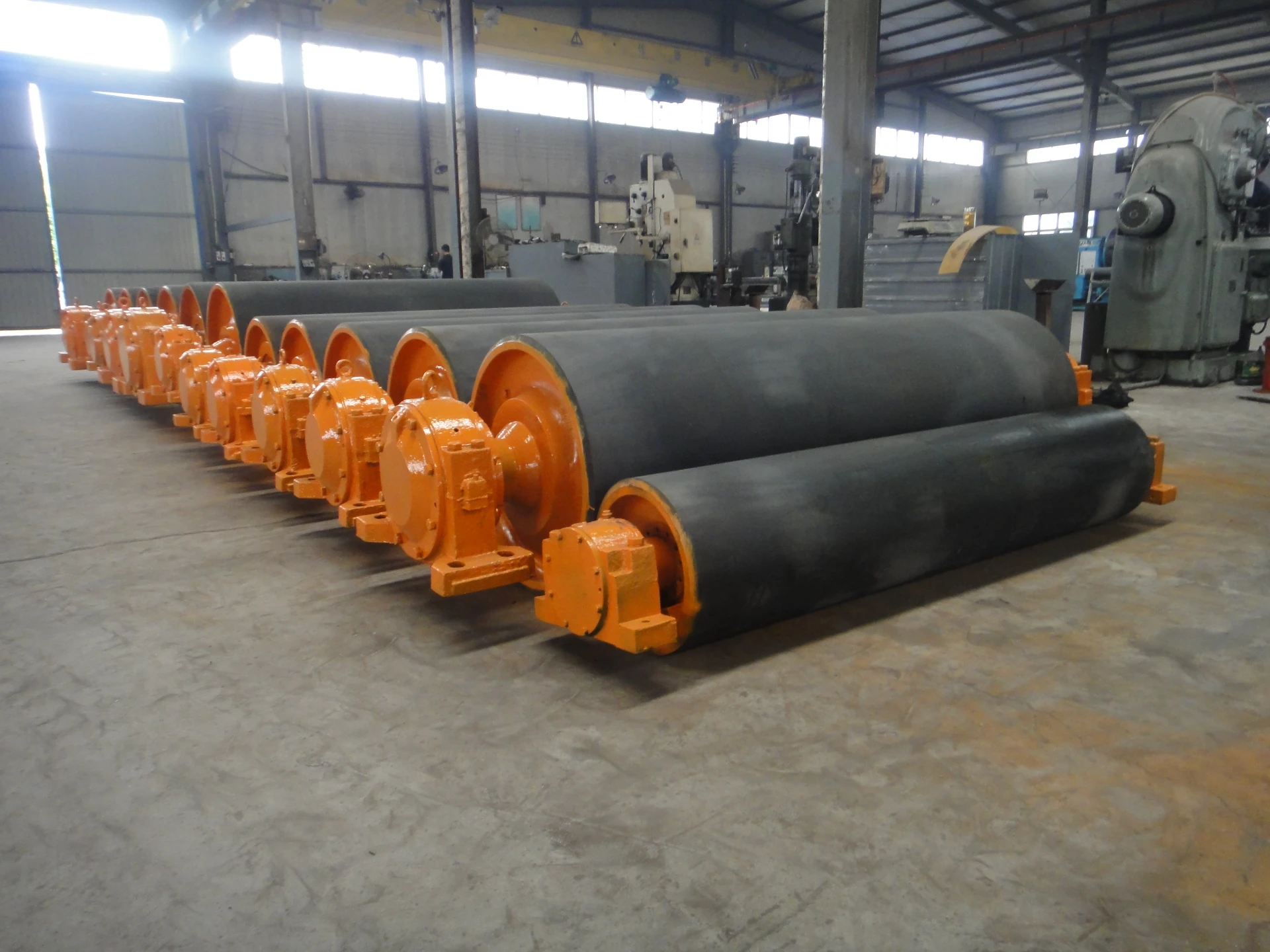 Afrikaans
Afrikaans  Albanian
Albanian  Amharic
Amharic  Arabic
Arabic  Armenian
Armenian  Azerbaijani
Azerbaijani  Basque
Basque  Belarusian
Belarusian  Bengali
Bengali  Bosnian
Bosnian  Bulgarian
Bulgarian  Catalan
Catalan  Cebuano
Cebuano  Corsican
Corsican  Croatian
Croatian  Czech
Czech  Danish
Danish  Dutch
Dutch  English
English  Esperanto
Esperanto  Estonian
Estonian  Finnish
Finnish  French
French  Frisian
Frisian  Galician
Galician  Georgian
Georgian  German
German  Greek
Greek  Gujarati
Gujarati  Haitian Creole
Haitian Creole  hausa
hausa  hawaiian
hawaiian  Hebrew
Hebrew  Hindi
Hindi  Miao
Miao  Hungarian
Hungarian  Icelandic
Icelandic  igbo
igbo  Indonesian
Indonesian  irish
irish  Italian
Italian  Japanese
Japanese  Javanese
Javanese  Kannada
Kannada  kazakh
kazakh  Khmer
Khmer  Rwandese
Rwandese  Korean
Korean  Kurdish
Kurdish  Kyrgyz
Kyrgyz  Lao
Lao  Latin
Latin  Latvian
Latvian  Lithuanian
Lithuanian  Luxembourgish
Luxembourgish  Macedonian
Macedonian  Malgashi
Malgashi  Malay
Malay  Malayalam
Malayalam  Maltese
Maltese  Maori
Maori  Marathi
Marathi  Mongolian
Mongolian  Myanmar
Myanmar  Nepali
Nepali  Norwegian
Norwegian  Norwegian
Norwegian  Occitan
Occitan  Pashto
Pashto  Persian
Persian  Polish
Polish  Portuguese
Portuguese  Punjabi
Punjabi  Romanian
Romanian  Russian
Russian  Samoan
Samoan  Scottish Gaelic
Scottish Gaelic  Serbian
Serbian  Sesotho
Sesotho  Shona
Shona  Sindhi
Sindhi  Sinhala
Sinhala  Slovak
Slovak  Slovenian
Slovenian  Somali
Somali  Spanish
Spanish  Sundanese
Sundanese  Swahili
Swahili  Swedish
Swedish  Tagalog
Tagalog  Tajik
Tajik  Tamil
Tamil  Tatar
Tatar  Telugu
Telugu  Thai
Thai  Turkish
Turkish  Turkmen
Turkmen  Ukrainian
Ukrainian  Urdu
Urdu  Uighur
Uighur  Uzbek
Uzbek  Vietnamese
Vietnamese  Welsh
Welsh  Bantu
Bantu  Yiddish
Yiddish  Yoruba
Yoruba  Zulu
Zulu Understanding the Benefits of Rubber Lagging for Conveyor Systems and Equipment Protection
Understanding Rubber Lagging and Its Importance in Industry
Rubber lagging plays a pivotal role in various industrial applications, particularly in the mining and manufacturing sectors. It is a method used to enhance the performance of equipment, particularly conveyor belts and pulleys, by applying a layer of rubber to the surface. This article explores the significance of rubber lagging, its advantages, and its applications across different industries.
What is Rubber Lagging?
Rubber lagging involves the process of applying rubber sheets to the surfaces of equipment, such as conveyor belts, rollers, and drums. The primary goal is to improve traction, reduce slippage, and protect the underlying metal surfaces from wear and tear. Rubber lagging is available in various types and thicknesses, allowing it to be customized for specific applications and environments.
Advantages of Rubber Lagging
1. Enhanced Traction One of the most significant benefits of rubber lagging is its ability to improve traction. The textured surface of the rubber provides better grip, which is crucial for conveyor systems that transport heavy materials. Enhanced traction minimizes slippage, leading to more efficient operations and reduced downtime.
2. Wear Resistance Rubber is known for its durability and resistance to wear. By lagging equipment with rubber, industries can extend the lifespan of critical components, such as pulleys and drums. This not only saves on replacement costs but also minimizes maintenance requirements, leading to more efficient operations in the long run.
3. Noise Reduction The application of rubber lagging can also contribute to noise reduction in industrial environments. Rubber absorbs vibrations and muffles sound generated by machinery, creating a more pleasant working environment for operators. This is particularly important in sectors where noise levels can exceed acceptable limits, such as mining and manufacturing.
4. Protection from Environmental Conditions Rubber lagging serves as a protective layer against harsh environmental conditions, including moisture, chemicals, and extreme temperatures. This is crucial for equipment operating in challenging environments, ensuring that it remains functional and safe from damage.
rubber lagging

Applications of Rubber Lagging
Rubber lagging is widely used across various industries. Some notable applications include
- Mining Industry In mining operations, rubber lagging is often applied to conveyor belts that transport minerals and ores. The added grip helps to prevent material loss and slippage, ensuring smooth transportation from extraction sites to processing plants.
- Manufacturing Sector In manufacturing, rubber lagging is used in conveyor systems that handle raw materials and finished products. It is vital for maintaining efficiency, especially in assembly lines where productivity is paramount.
- Power Generation Power plants utilize rubber lagging on the surfaces of equipment that handle coal, biomass, or other materials. The durability and wear resistance of rubber lagging help in minimizing downtime due to equipment failure.
- Agriculture Agricultural machinery, such as grain handling systems, often employs rubber lagging to enhance grip and prevent damage to both the equipment and the crops being transported.
Conclusion
In conclusion, rubber lagging is an essential component in the maintenance and operation of various industrial equipment. Its numerous advantages, such as improved traction, wear resistance, and noise reduction, make it a valuable investment for businesses across multiple sectors. By understanding the significance of rubber lagging, industries can enhance their operational efficiency, reduce maintenance costs, and ultimately improve their bottom line. As technology progresses, the development and application of advanced rubber materials may lead to even more innovative solutions in this essential area of industrial operation.
-
Revolutionizing Conveyor Reliability with Advanced Rubber Lagging PulleysNewsJul.22,2025
-
Powering Precision and Durability with Expert Manufacturers of Conveyor ComponentsNewsJul.22,2025
-
Optimizing Conveyor Systems with Advanced Conveyor AccessoriesNewsJul.22,2025
-
Maximize Conveyor Efficiency with Quality Conveyor Idler PulleysNewsJul.22,2025
-
Future-Proof Your Conveyor System with High-Performance Polyurethane RollerNewsJul.22,2025
-
Driving Efficiency Forward with Quality Idlers and RollersNewsJul.22,2025





























